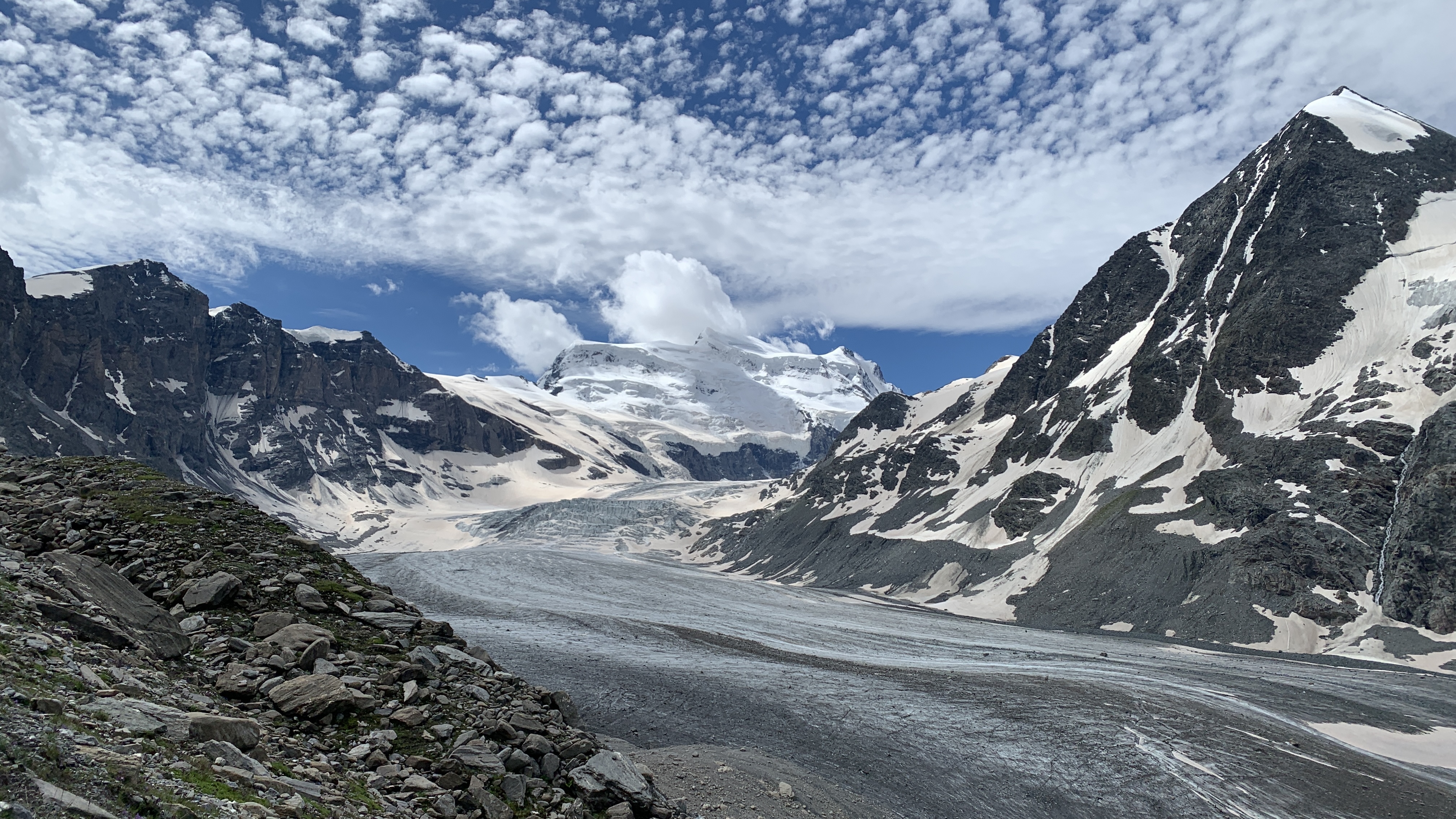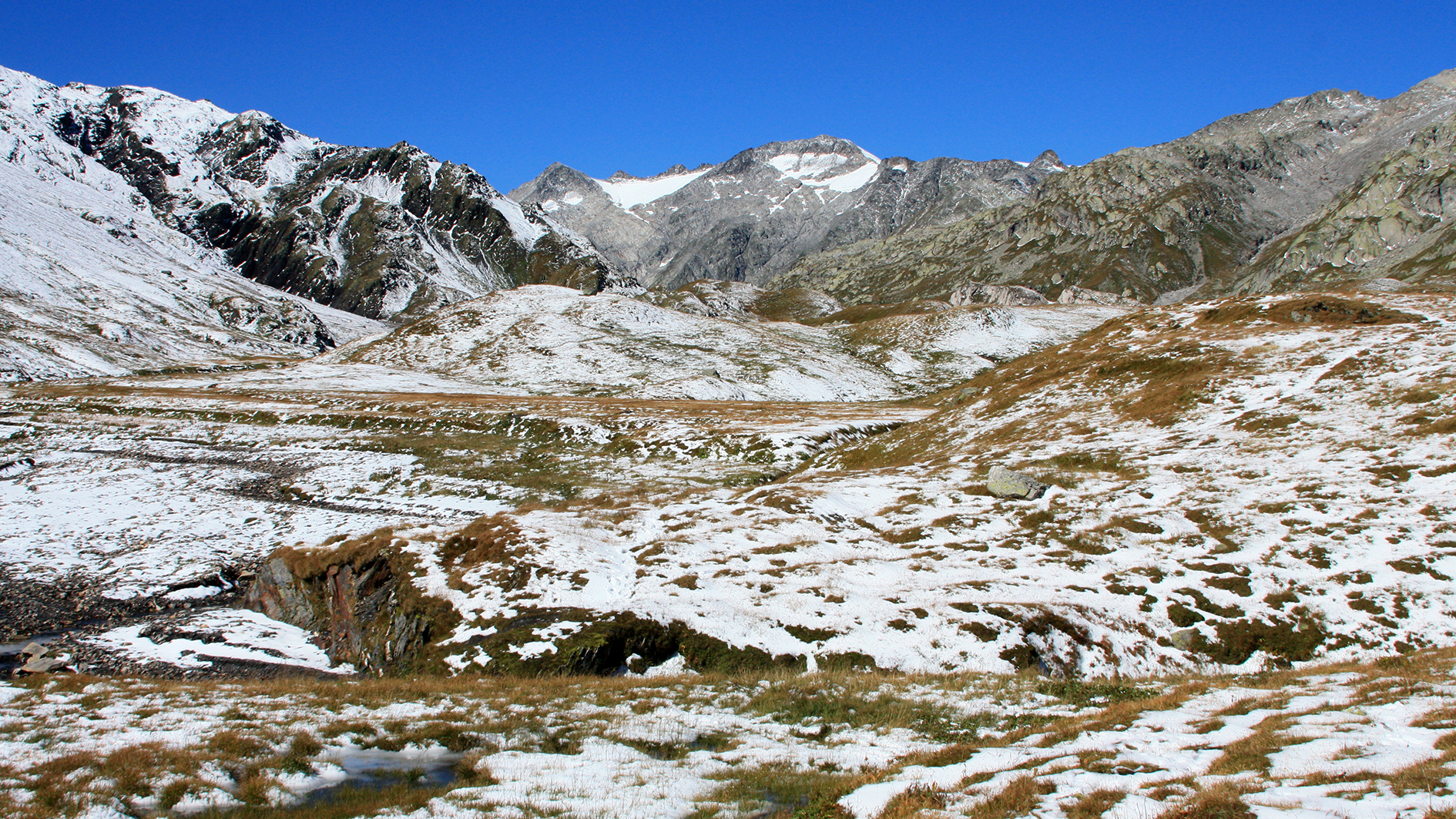
A woman hiking through the Italian Alps made a startling discovery when she happened upon the remains of an ancient ecosystem.
Claudia Steffensen was hiking with her husband in the Valtellina Orobie Mountains National Park, near the Swiss-Italian border when she noticed large circular patterns on the rocks. Upon closer inspection, the patterns, which featured wavy lines, appeared to be footprints.
After much speculation with friends, an image of Claudia’s discovery made its way to experts at the Museum of Natural History in Milan, who investigated further.
Now, scientists have confirmed that the footprints belonged to prehistoric reptiles, dating back to the Permian period, about 280 million years ago. Alongside the footprints, further investigation uncovered the fossilized remains of an entire prehistoric ecosystem, including traces of reptiles, amphibians, and insects alongside fossilized plants and seeds.
The ground-breaking discovery offers scientists a rare window into a mysterious period of Earth’s history, before the existence of humans and dinosaurs alike.
“At that time, dinosaurs did not yet exist, but the animals responsible for the largest footprints found here must still have been of a considerable size,” said Cristiano Dal Sasso, vertebrate paleontologist at the Natural History Museum of Milan.

Although a handful of similar discoveries have been made in recent years, the detail and significance of this one has seen it dubbed ‘Rock Zero’.
Steffensen, who’s a keen hiker and often in the Northern Alps told The Guardian: “I’m feeling very proud, especially to have made a small contribution to science.”
Despite the hundreds of millions of years it’s been there, Rock Zero has only recently become visible thanks to the rapidly declining rate of snow and ice coverage in the Alps. Seasonal snow cover in the Alps has dropped by more than 8% since 1971, an unprecedented loss in modern times that has ominous consequences for the surrounding ecosystem.
“The discovery in the Ambria Valley is also an effect of climate change”, President of the Valtellino Orbie Nature Park Doriano Codega, told The Guardian. “The exceptional thing was the altitude, these relics were found at very high levels and were very well preserved.”
The remains were found at an altitude of over 7,217ft / 2,200m, which would ordinarily be covered in snow.
“Snow cover is absolutely important for the energy balance of the atmosphere,” Professor Marco Carrer of the Department of Land Environment Agriculture and Forestry at the University of Padova told Carbon Brief.
“For the biosphere, there are a lot of plant and animal species, especially in the mountain area that really need the snow cover because they are adapted to being in the Alps.”
- The best hiking boots 2024 keep your feet warm, dry, and protected
- The best winter hiking boots 2024 for unbeatable performance in the cold







